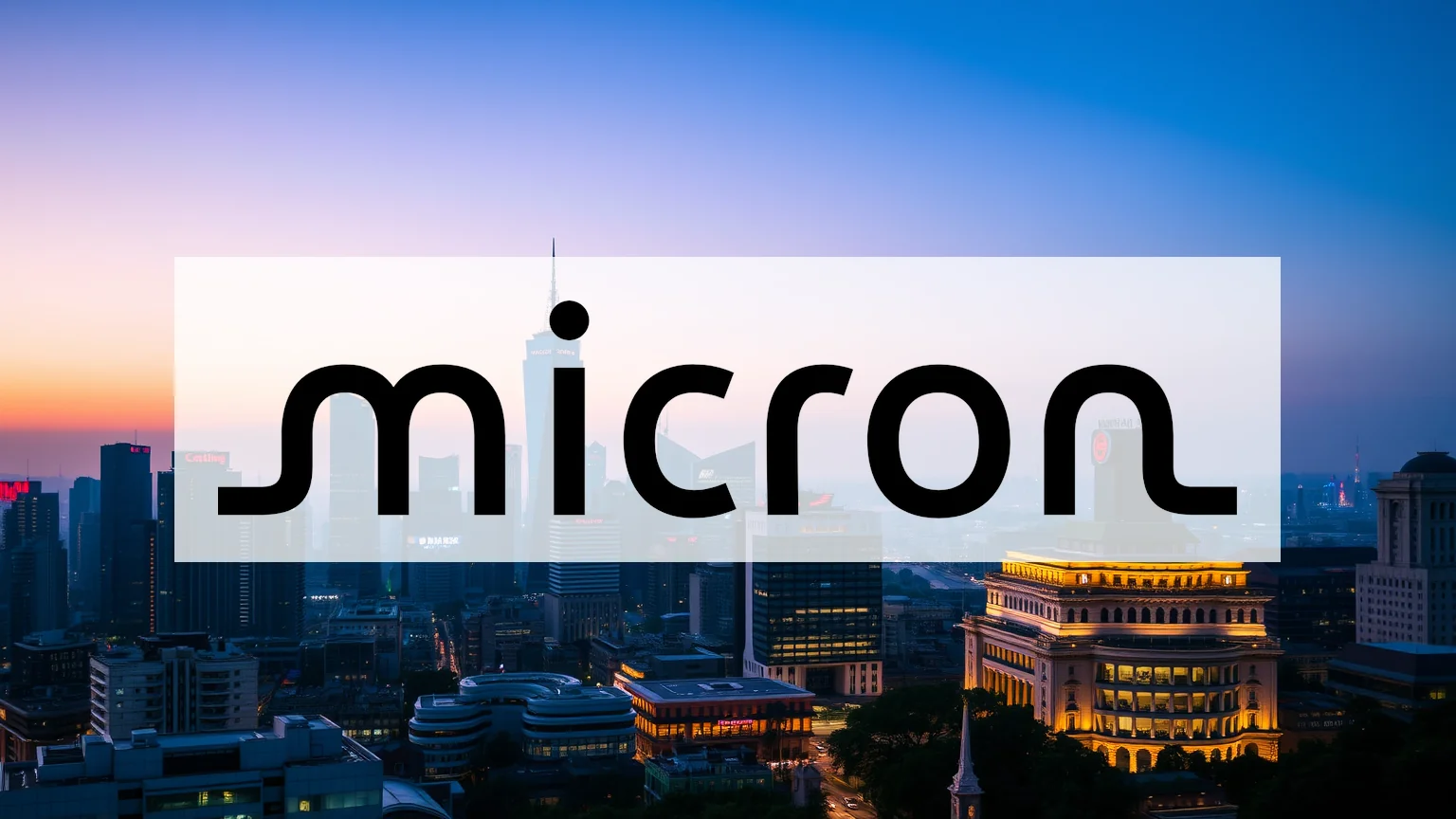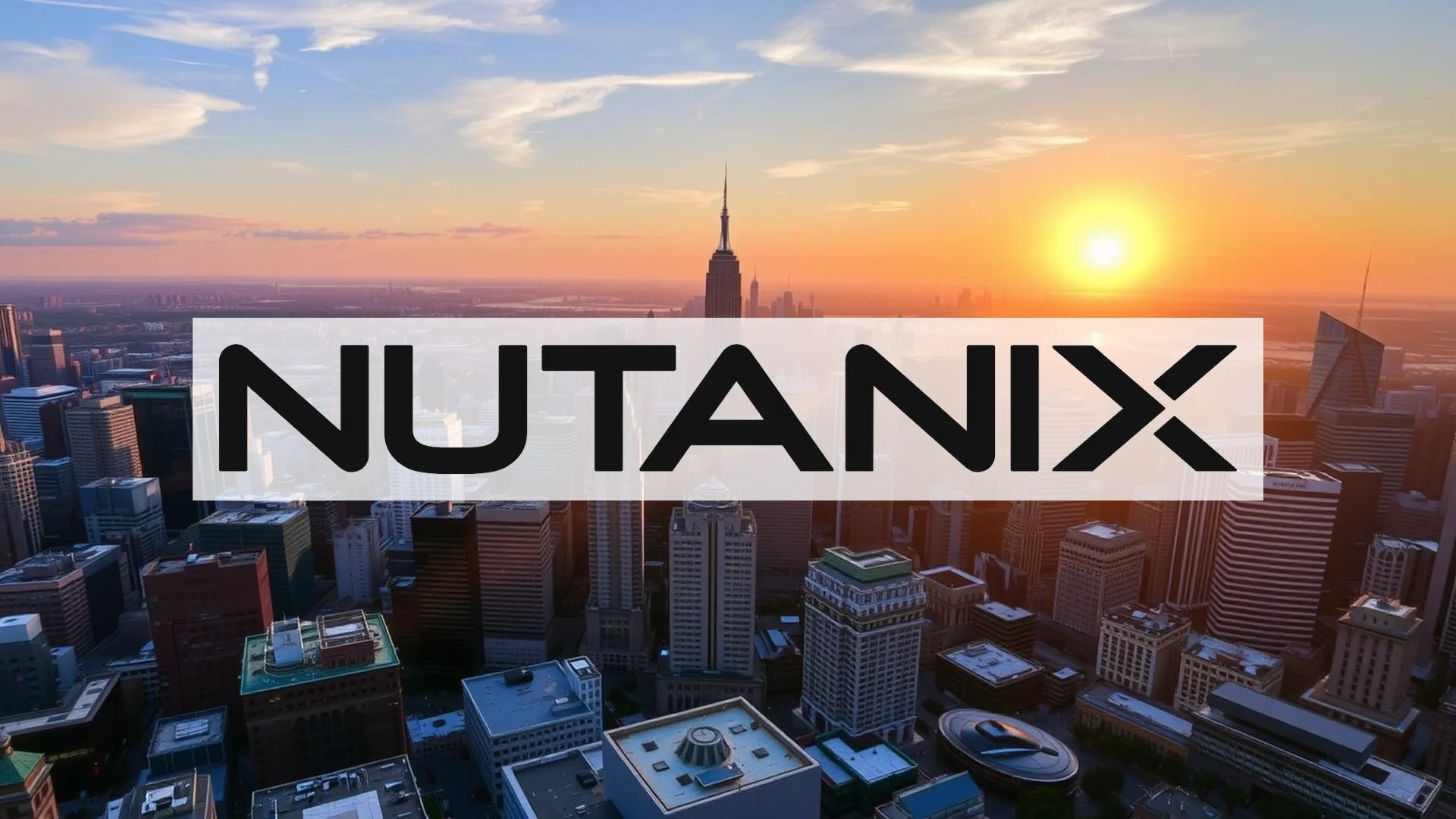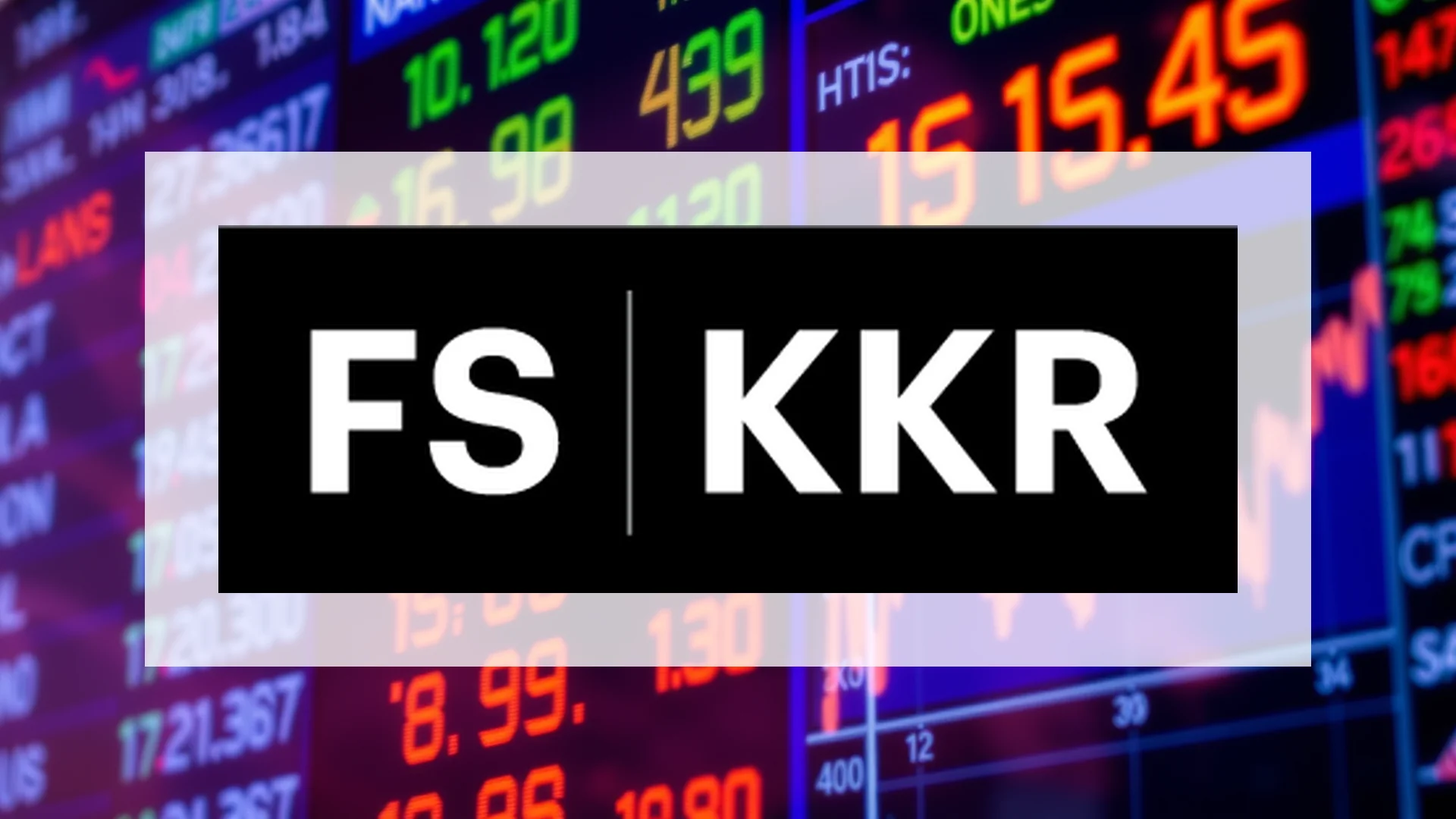A significant policy shift is reportedly under consideration in Washington, with the US government exploring the possibility of acquiring direct equity stakes in semiconductor manufacturers. This move would primarily target companies that have received substantial financial awards under the CHIPS and Science Act. The development introduces a new variable for shareholders of firms like Micron Technology, raising questions about the state’s growing interest in these pivotal corporations.
Strategic Shift from Grants to Ownership
Recent reports indicate that the Department of Commerce is actively investigating mechanisms for the federal government to secure ownership shares in companies as a form of return on the subsidies provided. This represents a notable departure from the initial framework of non-dilutive grants. While discussions are reportedly already underway regarding a potential 10% stake in Intel, Micron has itself been a major beneficiary of the legislation, securing $6.2 billion to bolster its domestic semiconductor fabrication capabilities.
This pivot from pure subsidy to a model of shared ownership and potential profit participation creates a new layer of complexity for existing investors, altering the traditional ownership equation.
AI Demand Fuels Government’s Focus on Micron
The specific focus on memory specialists like Micron is not coincidental but is directly tied to the explosive proliferation of artificial intelligence. AI infrastructure, particularly for training and running large language models, consumes vast quantities of high-bandwidth memory (HBM)—a product category where Micron is a leading innovator.
Should investors sell immediately? Or is it worth buying Micron?
Market dynamics underscore this strategic importance. The company has confirmed that its entire HBM production capacity for 2025 is already fully allocated to customers, with demand for 2026 also appearing exceptionally strong. Management has outlined an ambitious goal to capture 23% to 24% of the global HBM market by the end of next year.
Financial results powerfully reflect this boom. Micron’s most recent quarterly earnings revealed that data center revenue surged to a record, doubling year-over-year. Even more impressive was the near 50% sequential quarterly growth in HBM product sales.
This combination of soaring commercial demand and the recognized strategic significance of advanced memory chips for national security and technological sovereignty has placed companies like Micron at the center of government attention, transforming them from mere recipients of aid into potential targets for direct investment.
Ad
Micron Stock: Buy or Sell?! New Micron Analysis from November 19 delivers the answer:
The latest Micron figures speak for themselves: Urgent action needed for Micron investors. Is it worth buying or should you sell? Find out what to do now in the current free analysis from November 19.
Micron: Buy or sell? Read more here...













